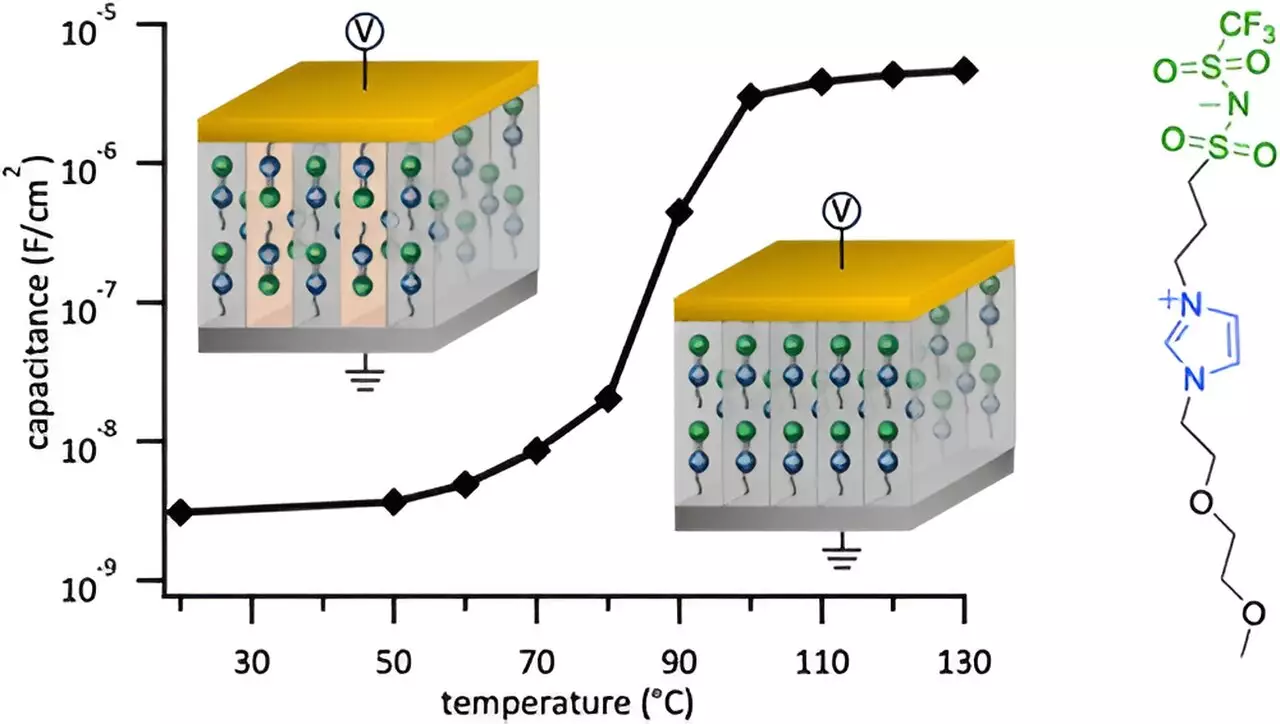The world of technology is constantly evolving, and the concept of printed electronics is poised to revolutionize the way we interact with everyday objects. Printed electronics involves electronic circuits that are thin and flexible, opening up a myriad of possibilities for innovations. From solar cells on vehicle roofs to flexible displays on smart phones, this technology is already making waves in various industries.
A recent breakthrough by a team of researchers from Simon Fraser University (SFU) and the University of Saskatchewan (USask) has taken printed electronics to new heights. The team developed a material that has the capability to store up to 1,000 times more charge than current forms of printed electronics. This advancement could potentially bring us closer to the realization of the Internet of Things, where everyday objects are connected to smart devices for seamless communication.
The implications of incorporating printed electronics into our daily lives are significant. For the food industry, for example, this technology could help in reducing waste and spoilage at every stage of the supply chain. Imagine being able to know the freshness of milk in your fridge without having to open the door. Such innovations could transform the way we interact with our surroundings and bring about a more efficient and sustainable future.
In order to make the Internet of Things a reality, advanced circuitry and operations are essential. The material developed by Loren Kaake and his team at SFU is a game-changer in this regard. Their material can function in both positive and negative voltage modes, surpassing even the most cutting-edge materials currently available. This opens up new possibilities for the commercial potential of printed electronics.
One of the key factors in the development of this groundbreaking material was the use of the Canadian Light Source (CLS) at USask. The intensely bright synchrotron light at CLS allowed the researchers to analyze the nanoscale structure of their material and improve its performance. The data collected at the synchrotron provided crucial insights that will aid in further enhancing the material for future applications.
According to Kaake, printed electronics are expected to enter the marketplace in approximately seven years. This timeline aligns with the rapid pace of technological advancements in today’s world. As new materials continue to be discovered and developed, the potential for printed electronics to revolutionize various industries becomes increasingly promising. The future is bright for this innovative technology, and its impact on our daily lives could be truly transformative. The possibilities are endless, and the journey towards a more connected and efficient world is well underway.


Leave a Reply